Welcome to Shinjuku, where Tokyo’s energy reaches its peak! As the world’s busiest transportation hub and a district of stunning contrasts, Shinjuku offers everything from soaring skyscrapers to intimate alleyways. Whether you’re visiting for a day or a week, this complete guide will help you experience the best of this incredible district.

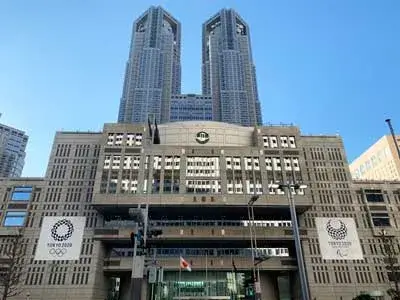
Exploring Shinjuku’s Multiple Personalities
Skyscraper District: Above the Clouds
- Tokyo Metropolitan Government Building: Free observatory with breathtaking city views
- Park Hyatt Tokyo: Famous from “Lost in Translation”
- State-of-the-art skyscrapers housing luxury hotels and corporate headquarters
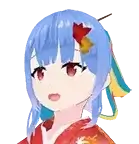
Caede’s Insider Tip:
“For the best free view in Tokyo, head to the Tokyo Metropolitan Government Building observatory. Go 30 minutes before sunset to see the city transform from day to night! The south observatory is usually less crowded than the north one. If you love panoramic views, consider visiting the Tokyo Skytree for a different perspective of the metropolis.”
Golden Gai: Step Back in Time
- Six narrow alleys packed with over 200 tiny bars
- Each seat tells a story in these intimate spaces
- Experience post-war Showa era atmosphere
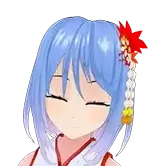
Caede’s Evening Advice:
“Golden Gai can be intimidating, but don’t worry! Look for bars with English menus or friendly owners. My favorite is ‘Albatross’ – it’s welcoming to visitors and has great atmosphere. Remember to bring cash and be respectful of the small spaces. For more Tokyo nightlife, check out the vibrant streets of Shibuya.”
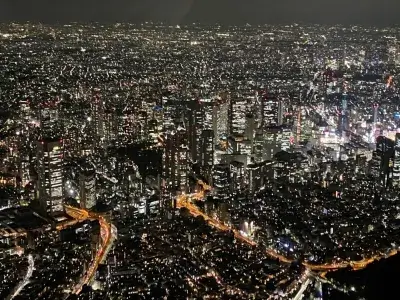
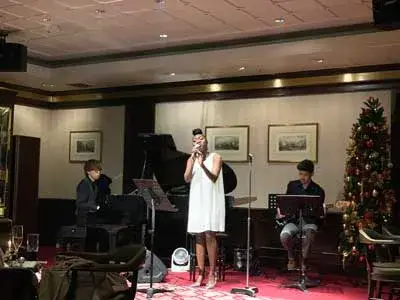
There are many tourist attractions in and around Kabukicho that are not only for tourists, and many local people also come to enjoy themselves. A 5 minutes’ walk from Kabukicho, there is an area called Shinjuku Golden Gai with hundreds of small bars. Most of the bars have only several seats, but you can enjoy the cozy atmosphere.
E-Sports Cafe opened in 2016. It was one of the first e-sports cafes in Japan. There are 80 high-spec computers in the cafe.
Must-Visit Highlights
Shinjuku Gyoen National Garden
One of Tokyo’s most beautiful gardens, perfect for cherry blossom viewing and seasonal flowers.
Omoide Yokocho (“Memory Lane”)
Charcoal-grilled yakitori and local vibe under the railway tracks.
Shopping Extravaganza
- Electronics stores in East Shinjuku
- Isetan Department Store: Luxury shopping
- Don Quijote: Everything you never knew you needed
FAQ: Your Shinjuku Questions Answered
Q: How do I navigate Shinjuku Station?
A: Take a deep breath! It’s the world’s busiest station, but color-coded lines and clear signs help. Allow extra time and don’t hesitate to ask station staff. Consider arriving at Tokyo Station for comparison – it’s also large but has different characteristics.
Q: Where’s the best place to stay?
A: West Shinjuku for luxury hotels, East Shinjuku for budget options, and Kabukicho area for mid-range choices.
Q: Is Kabukicho safe to visit?
A: Yes, just be smart! Avoid touts and stick to main streets. It’s actually very safe with plenty of families and tourists.
Q: What’s the best way to experience local culture?
A: Visit in the evening when salarymen unwind at small izakayas and the city comes alive with neon lights. For traditional culture, consider visiting Asakusa during the day.
Q: How many days should I spend in Shinjuku?
A: At least 2-3 days to experience both daytime attractions and nightlife.
Essential Information
Transportation Hub:
- JR Lines, Tokyo Metro, Toei Subway, and private railways
- Direct access to Shinkansen from some stations
- Easy connections to Shibuya and other districts
Best Times to Visit:
- Spring for cherry blossoms at Shinjuku Gyoen
- Evening for nightlife and illumination
- Weekdays to avoid the biggest crowds
Pro Tips:
- Get a Pasmo or Suica card for easy transportation
- Wear comfortable shoes – you’ll be walking a lot
- Carry cash as some smaller establishments don’t accept cards
Beyond the Main Attractions
While the major sights are incredible, don’t miss:
- Local izakayas in the backstreets of East Shinjuku
- Samurai Museum: Fascinating historical exhibits
- Hanazono Shrine: Peaceful oasis in the entertainment district

Caede’s Final Thought:
“Shinjuku truly has something for everyone – from the serene beauty of Shinjuku Gyoen to the electric energy of Kabukicho. The magic of this district lies in its ability to constantly surprise you. One moment you’re in a futuristic skyscraper, the next you’re in a tiny 60-year-old bar. It’s this beautiful contrast that makes Shinjuku the unforgettable heart of Tokyo!”
Whether you’re visiting for the shopping, the food, the nightlife, or simply to feel the pulse of Tokyo, Shinjuku will exceed your expectations and leave you planning your next visit before you’ve even left.